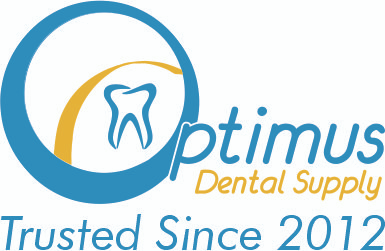Dental hygienists are preventive specialists, yet often some don’t do as much as they can to prevent injury to themselves until an injury has already occurred and the pain sets in. Instead of being proactive, many dental professionals are reactive when it comes to the importance of ergonomics. There are stunning statistics that back up just how large a problem musculoskeletal disorders (MSDs) are for dental professionals:
• The reported prevalence of MSD pain and neuropathy in dental hygienists ranges from 60% to 96% depending on the research measures employed and specific population studied.
• Numerous studies report that on average two out of three dentists experience musculoskeletal pain.
• Nearly 1/3 of dentists who had to retire early were forced to do so due to disability (MSD).
• On average, 30% of dental assistants report neck pain.
Taking preventive measures before MSD is an issue is not only essential to a dental professional’s comfort, it’s essential to overall health, livelihood and quality of life. MSDs also have a direct effect on the production and revenue of your customer’s practice. Revenue can be lost when workers are out of the office due to MSDs. Even if a clinician does not take time off for pain or injury caused by MSDs, constant pain can limit daily production, which lowers total production, on an ongoing basis. Beyond loss of production, if dental professionals are not actively addressing MSDs, it can lead to sub-standard productivity, disruptions, worker compensation claims and lost referrals.
There are many ways to help improve ergonomics and lower the risk of MSDs beyond proper patient positioning and proper posture. One of which is an ergonomic operator chair, and more specifically, an operator chair that allows for a natural spine position and proper hip placement. The operator chair that can accomplish this is a saddle stool. Saddle stools ease the load on back muscles by tilting the pelvis forward to enhance posture and naturally align vertebrae and disks, which also relieves shoulder and neck tension. They allow for thighs to be slanted downward at a 45-degree angle, which is important because dental professionals tend to lean forward. Leaning forward when the thighs are parallel to the floor causes the lower back to flatten, resulting in pressure in spinal discs which can lead to MSDs. If your customer or their employees are struggling with MSDs and are looking for saddle stools to prevent MSDs and improve ergonomics, ask them to consider these features:
• Size and fit: Wider or narrower seats depending on who the primary user is, padded seats for ultimate comfort and an adjustable height.
• Dynamic motion: 360° dynamic motion means the seat moves not just by tilting front to back and/or side to side, but in a full 360° motion to move as the dental professional moves.
• Adjustability: Simple and easy adjustability in height, as well as the dynamic motion, to fit each user’s needs.
• Aesthetics: Sturdy, well-built, quality materials and color all matter, especially for matching with an already existing office.
